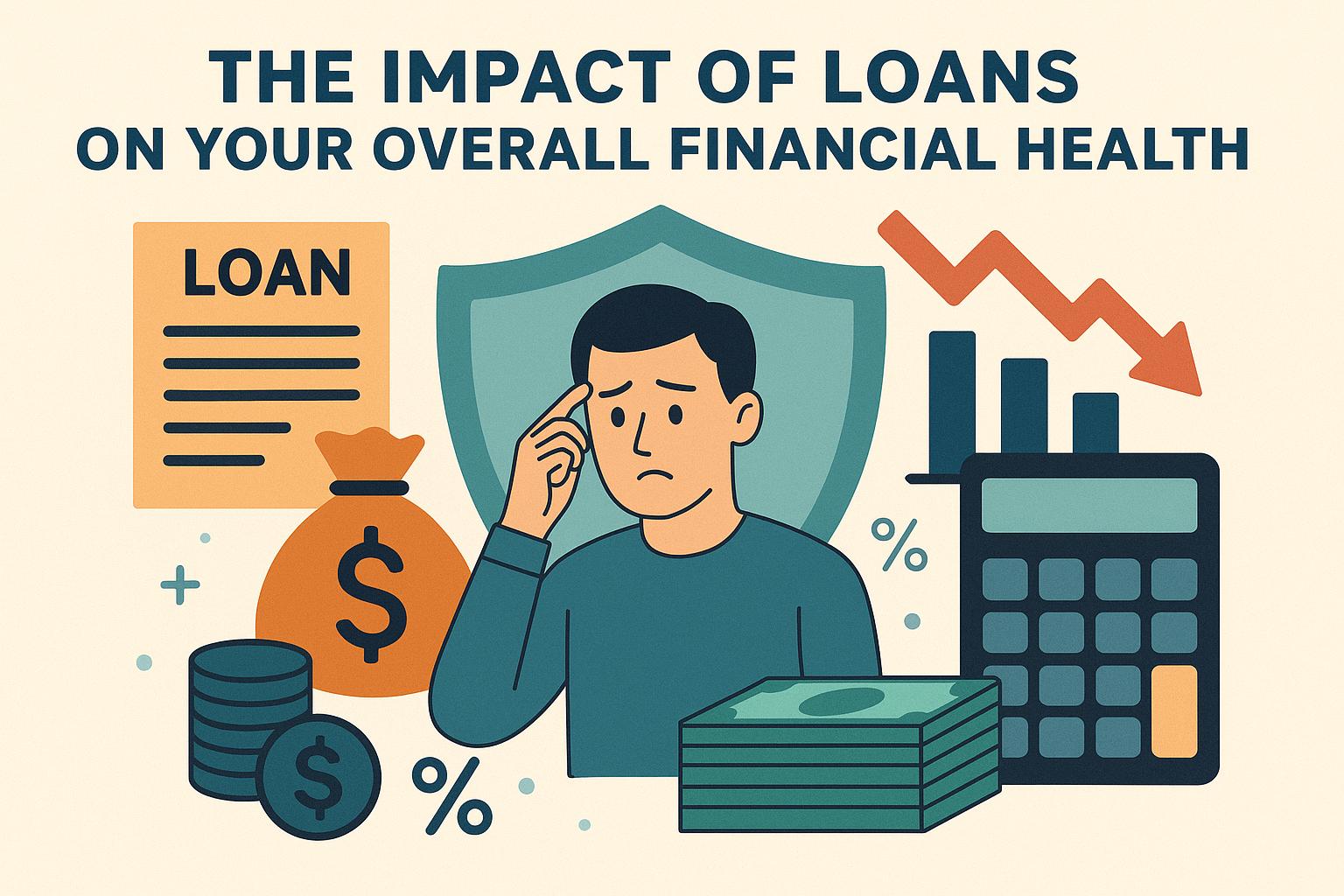
The Importance of Saving Before Taking Out a Loan
In today’s financial climate, loans have become a common method for individuals seeking funding for various purposes, such as purchasing a home, financing education, or covering unexpected expenses. However, one crucial aspect often overlooked is the significance of saving before taking out a loan. Below, we will delve into several important reasons for this approach, potentially altering the way you think about loans and financial planning.
Creating a Financial Cushion
Having savings provides a financial cushion that can enhance your financial security. This cushion helps you manage potential shifts in your financial situation, such as job loss or decreased income. By saving prior to taking on debt, you are better positioned to handle unforeseen circumstances without resorting to additional loans, which can lead to a cycle of increased debt. A solid financial cushion serves as a barrier against life’s unpredictabilities, ensuring you remain buoyant even in turbulent times.
A stable financial foundation not only aids in peace of mind but also acts as a preemptive strike against accumulating debts. Notably, a robust savings account can serve as your emergency fund, allowing you a more significant sense of financial freedom. Should you require funds urgently, this reserve negates the necessity to incur additional loans, thus inhibiting the perpetuation of debt spirals.
Lowering Loan Interest Costs
Another key factor to consider is that saving can help reduce the amount you need to borrow. By putting down a larger initial payment, you can decrease the total principal amount of the loan. This can result in significantly reduced interest costs over the life of the loan. For example, on a mortgage, even a slightly reduced principal can lead to substantial savings in interest payments. Over time, these savings accumulate, potentially enabling you to channel funds into other lucrative investments or savings avenues.
Consider the compounding nature of interest rates, which can heavily affect long-term financial obligations. By minimizing the principal sum through savings, you effectively reduce the interest that accrues, thus lessening the financial burden. The long-term outcome includes enhanced financial stability, allowing you to make more mindful economic choices moving forward.
Improving Loan Terms and Approval Chances
Potential lenders view savings as an indicator of financial responsibility. A strong savings history may enhance your credit profile, potentially leading to more favorable loan terms or higher chances of loan approval. With a lower loan amount and improved terms, you can reduce your financial liabilities and ease the repayment process. This, in turn, may result in a more favorable borrowing experience and set you on a path toward enhanced financial stability.
When financial institutions evaluate loan applications, they frequently note savings as a positive indicator of fiscal prudence. This can facilitate smoother loan processing and favorable interest rates, thus empowering borrowers with better financial leverage. In the competitive landscape of loan acquisitions, presenting a robust savings history can distinguishingly tilt the scales.
Opportunities for Better Investment
By saving before borrowing, you might also discover better investment opportunities. For instance, you may find that using your savings as a down payment on a less expensive property yields a higher return on investment compared to taking a high loan amount. Evaluating and ensuring the best use of your money is critical before opting for a loan. Knowledgeable financial decisions often emerge from careful analysis and wise allocation of available funds.
This practice enables individuals to weigh potential financial returns against loan liabilities effectively. Selecting opportunities that correspond with your fiscal goals, such as realizing a higher return on investment or appreciating property value, can lead to significant long-term gains. A strategic approach to finances nurtures healthier economic growth and prosperity.
Saving before borrowing means you can carefully consider various investment avenues with lesser pressure. Making calculated decisions about where to allocate your money ensures that you are making the most out of your hard-earned funds. It empowers you to capitalize on opportunities that align with your financial vision and long-term objectives, which might otherwise be overlooked in haste.
For more detailed guidance on budgeting and financial planning, consider exploring reliable resources offered by financial education websites. One such respected resource is the Consumer Financial Protection Bureau, which provides educational tools and information to help consumers make informed financial decisions.
Access to such resources enables individuals to understand better the intricacies of savings and investments in a straightforward and actionable manner, enhancing overall financial literacy. Empowered with this knowledge, financial decisions are supported by a solid foundation of understanding, ensuring that individuals can navigate the complexities of loans and financial planning with increased confidence and clarity.
In conclusion, saving before taking out a loan is a fundamental financial strategy that provides multiple benefits, from enhancing your ability to manage unexpected expenses to securing better loan terms. Prioritizing savings can lead to more prudent financial decisions and achieve greater long-term financial health. Focusing on this preventive approach can significantly improve your economic landscape. Balancing debt and savings contributes to a systematic, thoughtful approach to managing personal finances, paving the way for increased financial security and well-being.



